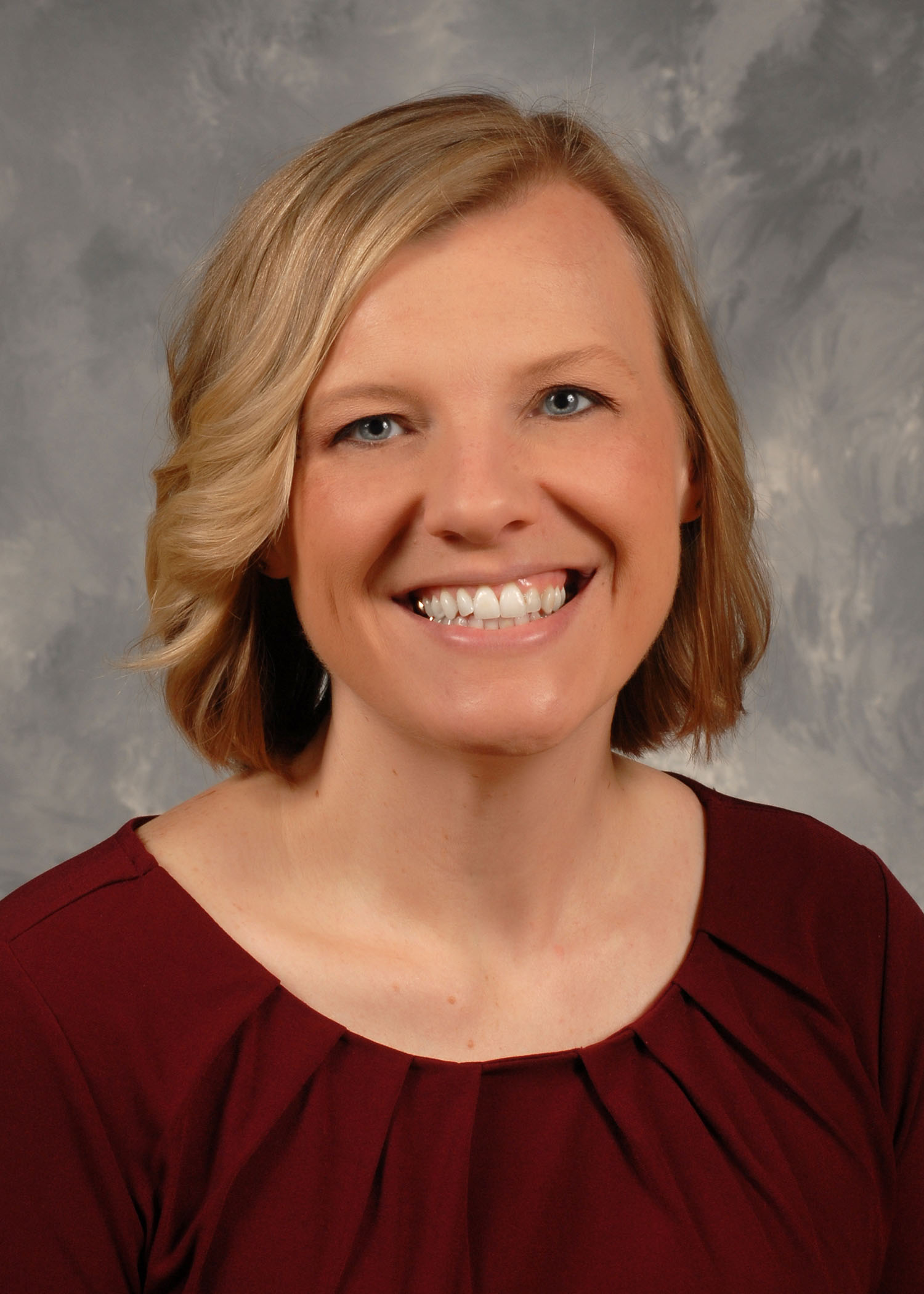
Date: Tue Aug 2, 2016
Time: 8:00 AM - 9:40 AM
Moderator: John Stafford
Remote sensing with small unmanned aircraft systems (sUAS) has potential applications in agriculture because low flight altitudes allow image acquisition at very high spatial resolution. We set up experiments at the Oregon State University Hermiston Agricultural Research and Extension Center (HAREC) to assess advantages and disadvantages of sUAS for precision farming. In 2014, we conducted an experiment in irrigated potatoes with 4 levels of artificial infestation by Colorado Potato Beetles. A hexacopter sUAS was flown at two altitudes with a Tetracam Multi Camera Array with 5 bands and one up-looking incident light sensor. After just one day, plant damage was visible, but not correlated with the total number of beetles per plot. Plot-scale spectral vegetation indices, such as NDVI, were not correlated with visible damage. However, the sub-plot area of damage from object-based image analysis was highly correlated. Traditional methods for satellite data may not downscale well for remote sensing from sUAS. Object-based image analysis and computer vision have potential for early detection and reduced cost.

Development of herbicide-resistant crops has resulted in significant positive changes to agronomic practices, while repeated and intensive use of herbicides with the same mechanisms of action has caused the development of herbicide-resistant weeds. As of 2015, 35 weed species are reported to be resistant to glyphosate worldwide. A greenhouse study was conducted to identify characteristics which can be helpful in field mapping of glyphosate resistant weeds by using UAV imagery. The experiment included three species of susceptible and resistant weeds: waterhemp (Amaranthus rudis), kochia (Kochia scoparia) and common ragweed (Ambrosia artemisiifolia). Thermal images of these weeds were acquired before and soon after glyphosate application with a thermal infrared camera. The results indicate that there is significant difference between the canopy temperature of glyphosate resistant and susceptible weeds. This research is continuing to develop a methodology for identification and mapping of herbicide resistant weeds and weed species in commercial fields using UAS-based high-resolution imagery.
Variable rate aerial application systems are becoming more readily available; however, aerial applicators typically only use the systems for constant rate application of materials, allowing the systems to compensate for upwind and downwind ground speed variations. Much of the resistance to variable rate application system adoption pertains to applicator’s trust in the systems to turn on and off automatically as desired. If an application system operating in an automatic mode were to malfunction, the aerial applicator would be held liable for the misapplication. The objectives of this study were to evaluate a commercially available variable rate aerial application system under field conditions to demonstrate both the response and accuracy of the system to desired application rate inputs. This three year study involved planting oats, ryegrass and wheat in a 35 acre fallow field during the winter months to establish a uniform green backdrop by early spring. Binary prescription application maps were then generated and aerial applications of glyphosate were then made to this field using an Air Tractor 402B agricultural aircraft at 130 MPH with VeriRate variable rate aerial nozzles. Airborne multispectral imagery taken before and 14 days after the applications documented actual field deposition and efficacy of the glyphosate. The aerial imaging system was comprised of two high resolution cameras. One camera was outfitted with red, green, and blue filters while the other camera had been modified with a near-infrared filter. When compared to the prescription application map, these data provided application system response and accuracy information which showed that spray deposited,on average, within 20 feet of the target. The results of this study will be useful for quantifying and documenting the response and accuracy of a commercially available variable rate aerial application system so that aerial applicators can be more confident in their capabilities and the use of these systems can increase, taking advantage of all that variable-rate application technologies have to offer.

A primary advantage of unmanned aerial vehicle-based imaging systems is responsiveness. Herbicide drift events require prompt attention from a flexible collection system, making unmanned aerial vehicles a good option for drift analysis. In April 2015, a drift event was documented on a Mississippi farm. A combination of corn and rice fields exhibited symptomology consist with non-target injury from a tank mix of glyphosate and clethodim. An interesting observation was the corn, which was glyphosate-tolerant, was injured only by the clethodim; the rice, which was not glyphosate-tolerant, was mostly injured by the glyphosate. This provided two different outcomes from a single drift event. Over 700 acres were impacted, the majority of which was corn. Injury was apparent six days after application. In addition to on-the-ground assessments, an unmanned aerial vehicle was used to collect aerial imagery over affected fields on multiple occasions. Drift plumes were evident in images collected approximately three weeks after application, and in subsequent images; this coincided with peak injury symptomology observed on-ground. Although plants visually recovered, reduced stands and delayed maturity translated into yield reductions between 16 to 40% based on yield monitor data comparisons from affected vs. unaffected portions of each field; these losses were assigned an economic value based on market prices for corn and rice. Unmanned aerial vehicle-based imagery enabled a full characterization of injury extent. These data were coupled to more traditional forms collected by producers to better support their claim of negative impact, and also to rapidly and fully assess the herbicide drift event. Limitations of the unmanned aerial vehicle were related to tradeoffs between spatial resolution and time to collect. Because the extent of the damage was quite large, a compromise was necessary to find a spatial resolution which would provide needed information but which could be obtained within a reasonable amount of time. For a production environment, the issue of battery life and number of batteries necessary to overfly the area become significant. The application of an unmanned aerial vehicle to this real-world problem resulted in an improved outcome for the producer and more supporting evidence for the insurance company.

